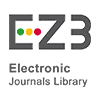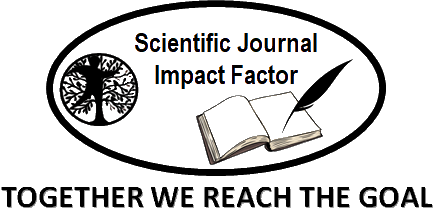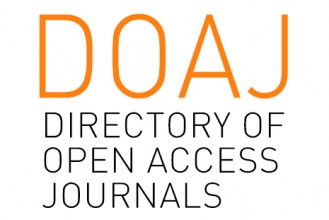Evaluation of Landscape Design in Urban Parks and Urban Forests on Thermal Comfort
Abstract
Keywords
Full Text:
PDFReferences
Ahmad, F., Arifin, H. S., & Pramitasari, A. (2012). Ruang terbuka hijau sebagai penunjang kenyamanan lingkungan permukiman di Kota Bogor. Jurnal Lanskap Indonesia, 4(1), 1-8.
Arikunto, S. (2019). Prosedur penelitian: Suatu pendekatan praktik (Revisi). Rineka Cipta.
Groat, L., & Wang, D. (2013). Architectural research methods (2nd ed.). Wiley.
Huda, N., & Pandiangan, S. (2012). Ruang terbuka hijau untuk kota yang berkelanjutan. Jurnal Perencanaan Wilayah dan Kota, 23(2), 99-112.
Joga, S., & Ismaun, S. (2011). Pengaruh ruang terbuka hijau terhadap kenyamanan termal di perkotaan. Jurnal Permukiman, 6(2), 123-130.
Saroinsong, F. B., Waani, Y., & Londoh, D. (2017). Analisis kenyamanan termal pada ruang terbuka hijau. Jurnal Ilmiah Sains, 17(2), 63-70.
Sugiasih, L. (2013). Kenyamanan termal di kawasan ruang terbuka hijau kota. Jurnal Lanskap Tropika, 2(1), 13-19.
Yanti, L. (2016). Analisis tingkat kenyamanan pengguna pada taman kota di Bandung. Jurnal Arsitektur dan Perencanaan, 2(3), 115-122.
DOI: http://dx.doi.org/10.18415/ijmmu.v12i7.6799
Refbacks
- There are currently no refbacks.
Copyright (c) 2025 International Journal of Multicultural and Multireligious Understanding

This work is licensed under a Creative Commons Attribution-NonCommercial-NoDerivatives 4.0 International License.
https://ijmmu.com
editor@ijmmu.com
facebook.com/ijmmu
Copyright © 2014-2018 IJMMU. All rights reserved.



































